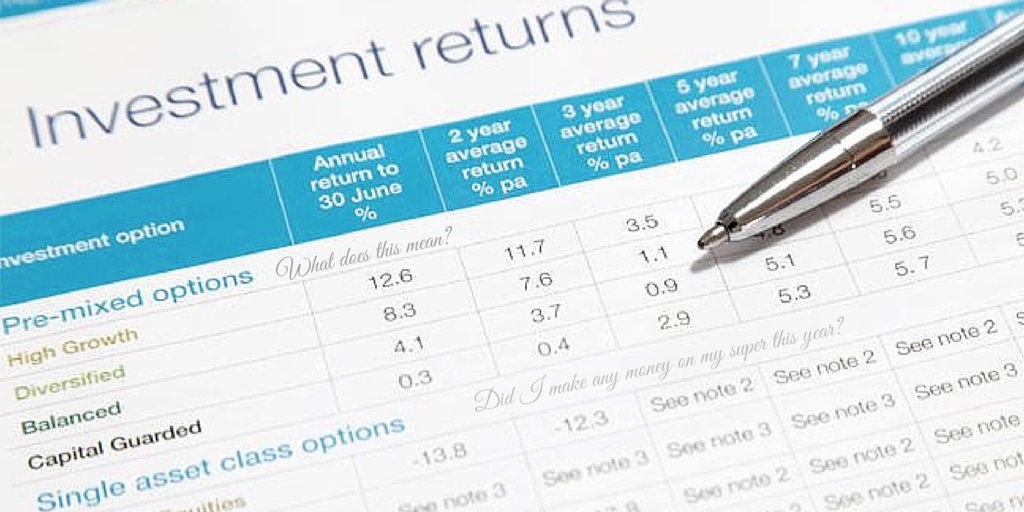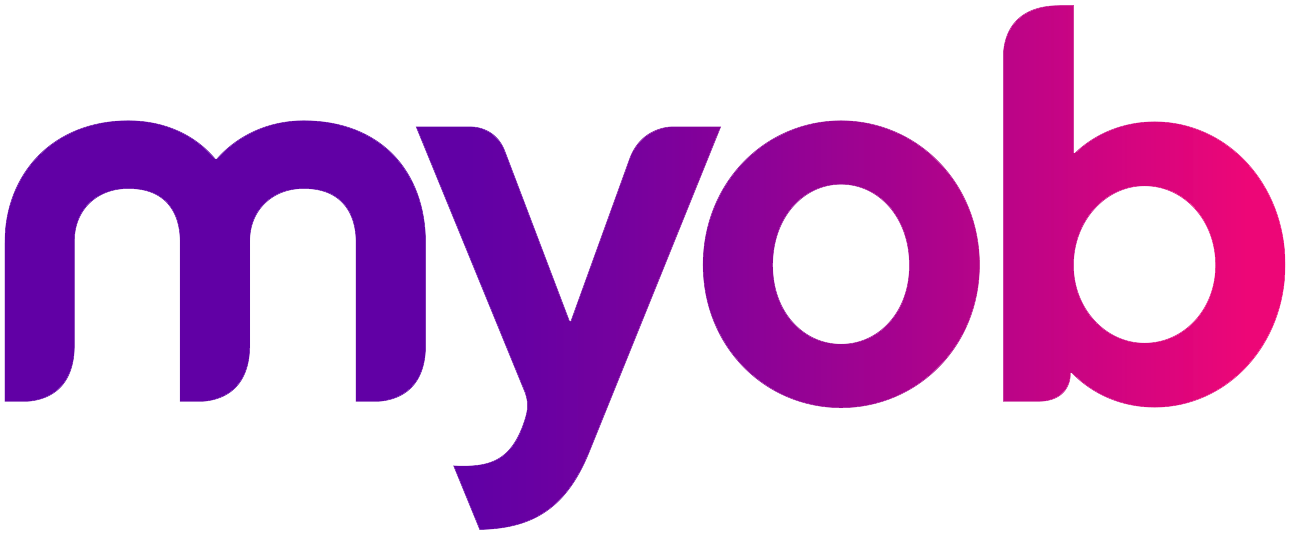
Over the next couple of weeks, you should be receiving a member statement from your superannuation fund for the 2015 financial year. The vast majority of us have a quick look at the total balance and then put it in a drawer to be forgotten about, when this approach may be causing you to lose money or miss opportunities.
Below is a quick guide to help you work out what this statement actually means and what you should look out for.
Key areas of your statement:
The main areas on your statement are:
- The annual movements of your superannuation – what your balance at 1 July was, what has gone in, what has gone out and what your balance was at 30 June. This section will show any contributions received, investment earning and payments made (such as commissions, insurance premiums, etc).
- What components your superannuation is made up of – this area shows you when you will be able to access your superannuation and how it will be taxed.
- Where your superannuation was placed as at 30 June – this area shows you where your superannuation is invested as well as what type of investment risk profile you have.
- Your beneficiary – any nominations you may have in place advising your superannuation fund where you would like your superannuation paid if something was to happen to you will appear in this section.
- Insurance – any insurance policies your superannuation fund holds on your behalf will be outlined, including what amount will be received should the policy be claimed.
Things to look out for:
Why my superannuation has gone up?
Most people, when looking at their annual movements look at the balance at 1 July then at 30 June and if the balance has gone up, then they don’t look any further as their superannuation is growing. What you should look at is why your superannuation has gone up? Has it gone up less than the contributions received from your employer, or has it gone up by the contributions plus a positive return from investments? If your superannuation on 30 June has not gone up more than your contribution amount, then you may have made an investment loss which could mean you need to look at where your superannuation fund is actually investing your money.
Have I received all of the contributions I should have?
According to the National Audit Office, about $640 million is underpaid to superannuation funds each year. Whilst the vast majority of employers pay their superannuation obligations when they are supposed to, unfortunately not all do. On the subsequent pages of your member statement you should find a breakdown of what contributions have been received by your superannuation fund and when. Assuming you were with the same employer for the full financial year, you should have received at least four contributions paid before the 28 July, 28 October, 28 January and 28 March. If not, you should look into this matter further as you could have potentially been paid less then you are entitled to.
What investment risk profile/investment allocation is being used?A lot of people set up their superannuation fund years ago when they got their first job. Since then a lot of your personal circumstances may have changed, therefore you should revisit the options you selected at the time and see if they still apply to your current situation. In particular, you would have stated your investment risk profile/investment allocation which advises your superannuation fund what type of investments you are comfortable with and where you would prefer they invest. This information should be stated on your member statement and should be reviewed on a regular basis. If you are unsure of what allocation/profile is best for you, a financial advisor should be able to help you or some superannuation funds have a risk profiler on their website.
In summary, it is important to remember that your superannuation will probably become your second biggest asset after your family home and should be looked after in much the same manner.
Whilst any loss you may be making now might seem small, with the compound of earnings that will between now and when you finally access your superannuation, your total wealth loss might be huge if you were to look at it in retrospect.


